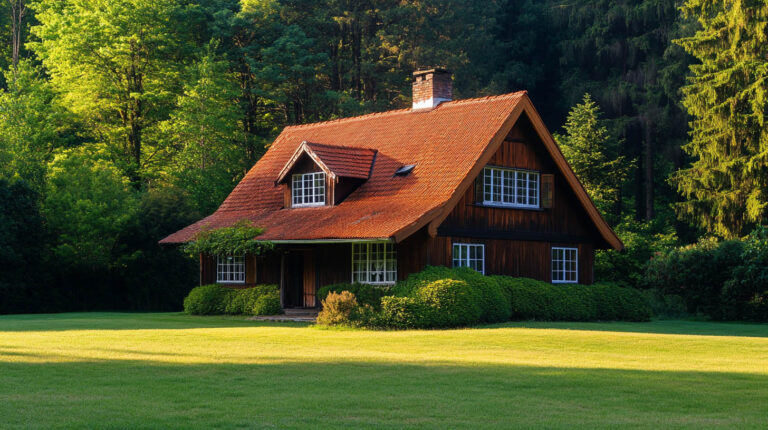
Blog
6 Leading Causes of Roof Damage in Florida
Florida homeowners face several challenges when it comes to keeping their roofs in top condition. From intense heat to storm damage, understanding the primary causes of roof damage can help homeowners take preventative measures. Here are six common causes of roof damage in Florida and what you can do to protect your home. At Avenue Roofing, we are dedicated to helping Florida homeowners address the leading causes of roof damage, such as high winds, heavy rainfall, and intense UV exposure.

1. Heat and UV Rays
Florida’s intense heat and exposure to ultraviolet (UV) rays can significantly weaken your roof over time. Constant exposure to direct sunlight can cause roof materials, particularly asphalt shingles, to crack, curl, or become brittle. These issues can lead to more extensive damage if not addressed promptly.
Tip: Regularly inspect your roof for signs of cracking or wear caused by heat. Consider installing reflective roofing materials to reduce heat absorption.
2. Storms and High Winds
Florida is no stranger to storms, especially during hurricane season. Strong winds can rip shingles off your roof, and heavy rains can cause water to penetrate beneath the roofing materials. Over time, moisture buildup can weaken the structure of your roof and lead to leaks.
After severe storms, check your roof for missing shingles or visible damage. If damage is found, contact a professional roofer immediately to assess the extent of the problem and prevent further issues.
3. Tree Damage
Trees are a common cause of roof damage in Florida. Strong winds can break branches, sending them crashing onto your roof. Additionally, overhanging branches can scrape against the roof surface, causing gradual wear and tear. Fallen leaves and debris can also clog gutters, leading to water pooling on the roof.
Tip: Regularly trim back branches and remove debris to avoid potential damage from trees. If a tree falls on your roof during a storm, evacuate the home and contact a roofing contractor immediately.
4. Algae Growth
The hot and humid climate in Florida creates the perfect environment for algae to thrive on roofs. Algae not only affects the appearance of your roof but can also cause damage by retaining moisture, which leads to the deterioration of roofing materials.
To prevent algae growth, consider installing algae-resistant shingles or treating your roof with cleaning agents that prevent algae buildup.
5. Moss Accumulation
While moss may seem like a minor cosmetic issue, it can lead to significant problems if left unchecked. Moss holds moisture, which can seep into your roof and cause rot. Over time, the constant exposure to moisture can weaken the structure of the roof, leading to leaks or more serious damage.
Tip: Regularly remove moss from your roof by using chemical treatments or installing zinc or copper strips, which naturally prevent moss growth.
6. Poor Maintenance
Neglecting regular roof maintenance is one of the most common causes of roof damage. Minor issues like a few missing shingles or blocked gutters can quickly evolve into more significant problems if not promptly addressed. Routine maintenance, such as cleaning gutters, inspecting the roof, and addressing minor repairs, can prevent significant damage in the long run.
Unique Fact: According to the Insurance Institute for Business & Home Safety (IBHS), well-maintained roofs in hurricane-prone areas like Florida can withstand winds up to 130 mph, reducing potential damage. Regular maintenance ensures your roof can better handle extreme weather conditions.
FAQs
1. How can I protect my roof from storm damage? Trim back overhanging branches, inspect your roof regularly, and ensure gutters are clear to prevent storm-related damage. Installing hurricane straps or clips can also help secure your roof during severe weather.
2. How often should I inspect my roof for damage? It’s recommended to inspect your roof at least twice a year and after major storms. Regular inspections help catch potential issues before they become costly repairs.
3. What should I do if I notice algae or moss on my roof? Contact a professional roofing contractor to remove algae and moss safely. Consider installing preventative measures such as copper or zinc strips to inhibit future growth.
Conclusion: Being proactive about roof maintenance and understanding the common causes of damage can help Florida homeowners protect their investment. Regular inspections and quick action when damage is found will ensure your roof stays in excellent condition.
To learn what to do next after storm damage to your roof, click here.



